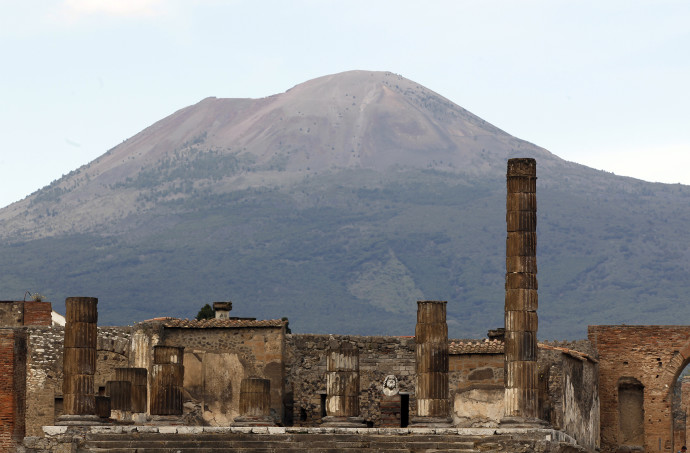The first human genome to successfully be sequenced from an individual who died in Pompeii, Italy, after the eruption of Mount Vesuvius in 79 AD has been presented in a study published in Scientific Reports.
The remains of two individuals who were found in the House of the Craftsman in Pompeii were examined and their DNA was extracted by Gabriele Scorrano and colleagues.
The structure, shape and length of the two skeletons indicated that one set belonged to a male, aged between 35 and 40 years, while the other set belonged to a female who was over 50 years old.
Although the researchers successfully extracted and sequence DNA from both individuals, they were only able to fully sequence the genome from the male’s remains due to gaps in the sequences obtained from the female’s.
The researchers speculate that it may have been possible to successfully recover ancient DNA from the male individual’s remains as pyroclastic materials released during the eruption may have provided protection from DNA-degrading environmental factors, such as atmospheric oxygen.

Comparisons of the extracted DNA with that obtained from 1,030 other ancient and 471 modern Western Eurasian individuals showed that his DNA was the most similar to modern central Italians and others who lived in Italy during the Roman Imperial Age.
Analyses of the man's mitochondrial and Y chromosome DNA also showed groups of genes that are most common in people from the island of Sardinia, but not among others who lived in Italy during that period. This suggests that there may have been high levels of genetic diversity across the Italian Peninsula during this time.
The archaeological site of Pompeii is one of the 54 UNESCO World Heritage sites in Italy, thanks to its uniqueness: the town was completely destroyed and buried by the Vesuvian eruption in 79 AD.
Pompeii was a Roman Imperial Age port city located south of Naples in Central Italy, according to Gaius Plinius Caecilius Secundus (better known as Pliny the Younger: a lawyer, author and magistrate of Ancient Rome). The Vesuvius eruption, which occurred at around 1 p.m. on August 24, was visible from over 40 km. away.
